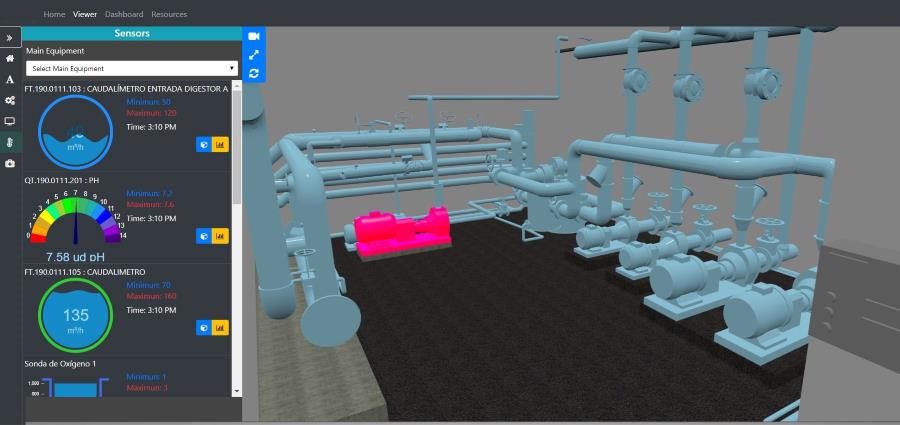In the field of construction, architecture, and building management, the BIM methodology and Digital Twins are fundamental tools for developing models that promote accurate work, provide a management strategy focused on information, and allow for precision in purchasing, maintenance planning, and information transfer between teams.
Although many professionals consider a BIM model to be the same as a Digital Twin, this is not correct, as both technologies complement each other to improve efficiency. In this brief post, we want to share a table with the similarities and differences between BIM and Digital Twins.
| Aspect | BIM Methodology | Digital Twin |
|---|---|---|
| What is it? | A BIM model is a 3D digital model that realistically represents the design and construction of a building or infrastructure. It also provides centralized project information, allowing for accurate knowledge of the construction characteristics, promoting efficiency, accuracy, and coordination between areas. | The digital twin is a realistic, virtual, and dynamic representation of a physical asset in real-time. |
| Which phase of the asset is it used in? | Mainly in design and construction. However, it has also started to be used in maintenance and property management work. | Digital twins are useful for projecting activities such as operation, maintenance, and management of the physical asset. |
| What is its purpose? | Improve coordination, communication, and interoperability between company areas to reduce errors, generate objective coordination strategies, and achieve greater cost efficiency. | Digital twins allow us to create simulations to anticipate failures, errors, stress tests, etc. |
| Data update | The data is updated in real-time during the construction process. | In the Digital Twin, information can be dynamic and continuously updated with real-time data collected from IoT devices. |
| Simulation properties | Allows for the generation of scenarios during design and construction. | Allows for real-time simulation and analysis activities based on real asset information. |
| Interoperability | Compatible with various popular software packages for construction professionals. | Uses data dynamically integrated from sensors, IoT devices, and other systems. |
As you can see in this table, the BIM methodology and Digital Twins are useful but complementary tools that can be used—one adding more value during the development phase of projects and the other in the asset management phase.
If you want to learn more about our digital twin services, BIM consulting, or BIM modeling, do not hesitate to contact us; we are specialists and at your service. Contact us today!



